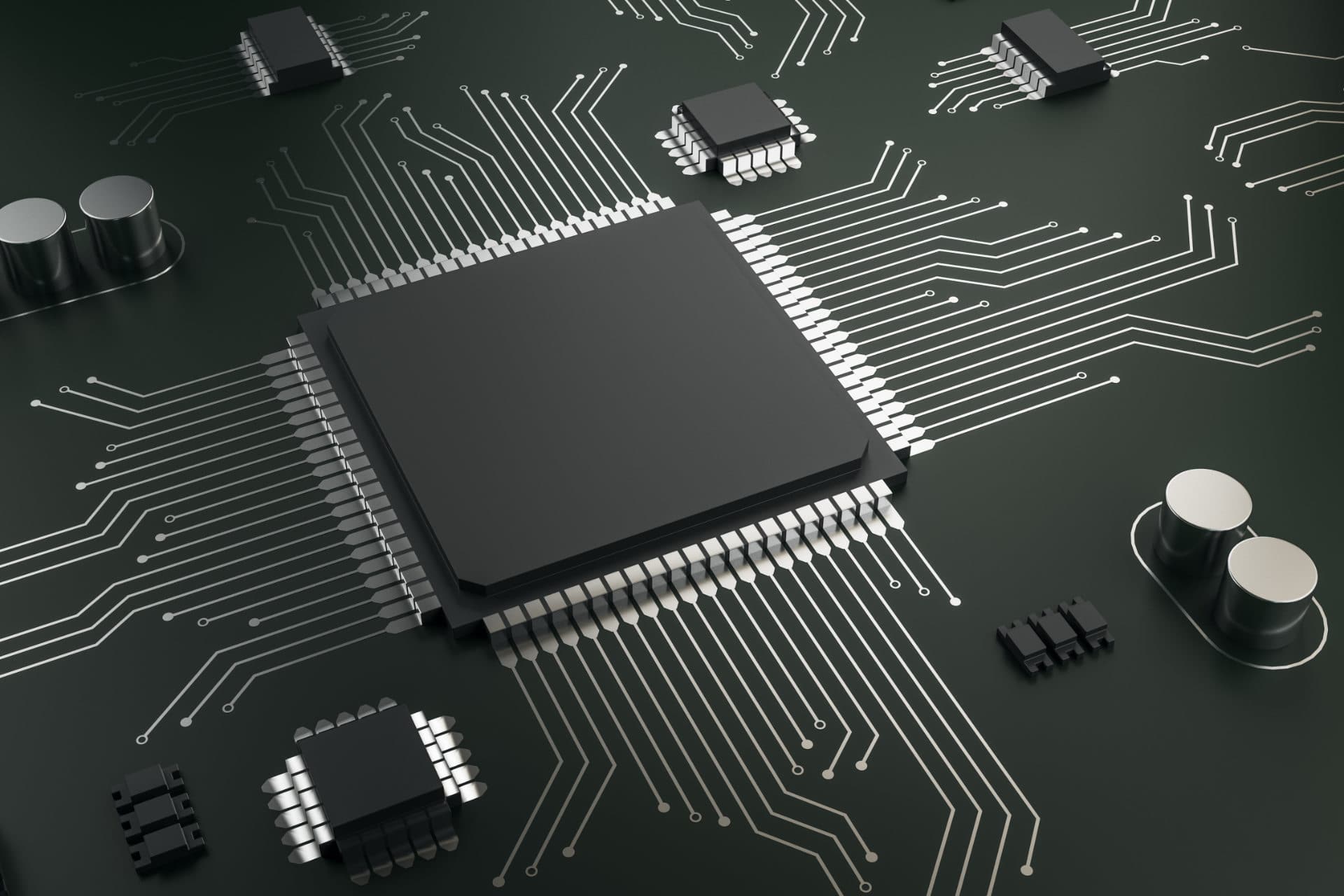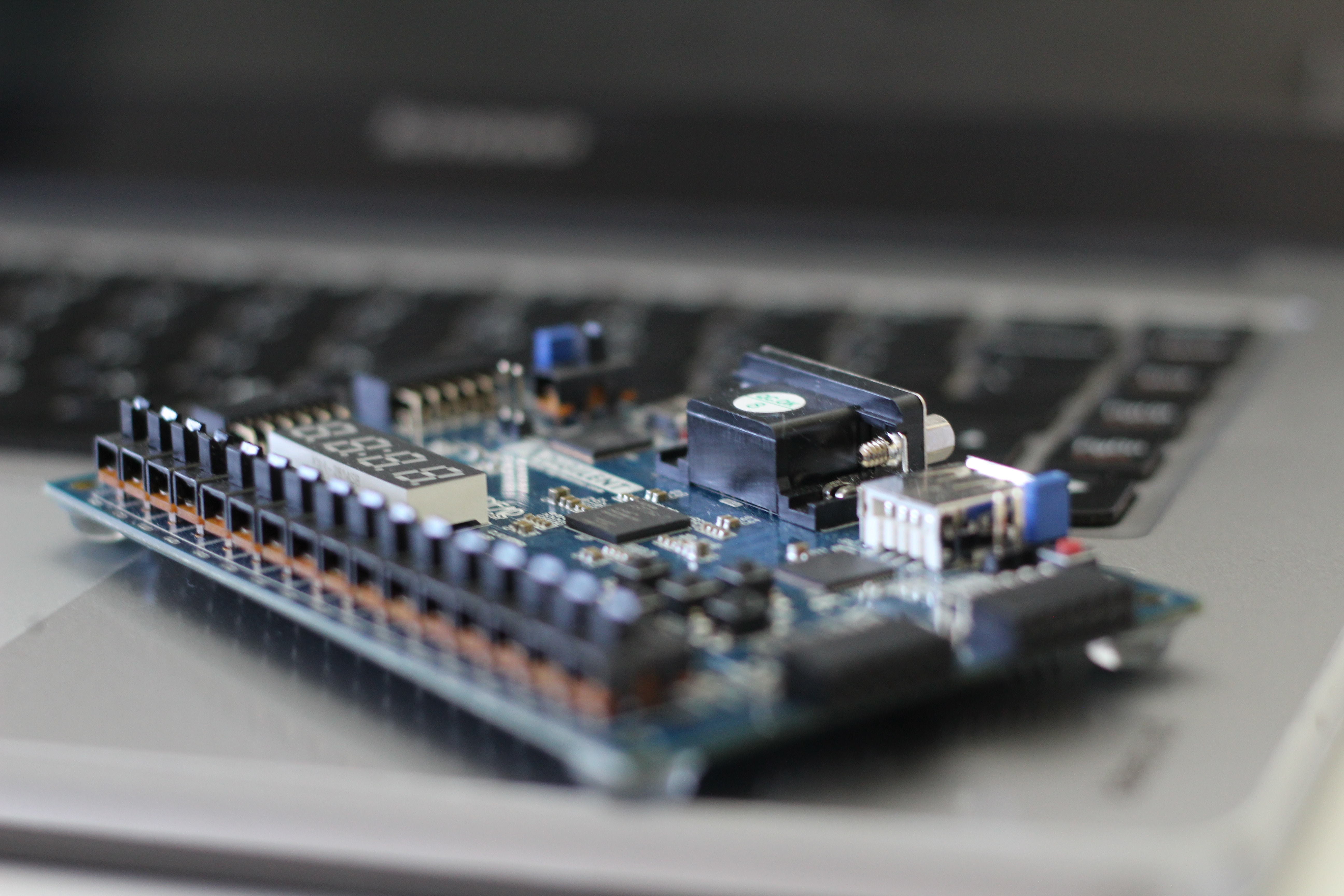Time: 2024-01-11 17:39:41View:
Hardware Description Language (HDL) is a specialized computer language used to describe the structure and behavior of electronic circuits, and is commonly used in the design and verification of digital systems. HDLs allow engineers to model the functionality of electronic circuits, such as integrated circuits, and to simulate their behavior before they are physically constructed. This is particularly important in the design of complex digital systems, as it allows for thorough testing and verification before the costly process of fabrication begins.
There are two main types of HDLs: VHDL (VHSIC Hardware Description Language) and Verilog. VHDL is an acronym for VHSIC (Very High-Speed Integrated Circuit) Hardware Description Language, and it is a versatile language that allows for the description of digital systems at various levels of abstraction. Verilog, on the other hand, is a hardware description language that is commonly used in the design, verification, and implementation of digital circuits. Both languages have their own strengths and weaknesses, and are widely used in the industry.
HDLs are used in various stages of the design process, from initial concept and specification to simulation, synthesis, and implementation. Engineers use HDLs to describe the behavior of digital systems, including the flow of data, the control of operations, and the timing and synchronization of signals. This allows for the creation of detailed models that can be simulated and tested to ensure that the design meets its specifications and requirements.
In summary, Hardware Description Languages are essential tools in the design and verification of digital systems. They enable engineers to model the behavior of electronic circuits, simulate their functionality, and verify their correctness before physical implementation. VHDL and Verilog are the two main HDLs used in the industry, and they play a crucial role in the development of modern digital systems.

Hardware Description Languages (HDLs) are specialized computer languages used to describe the structure and behavior of electronic circuits. There are two main types of HDLs: VHDL (VHSIC Hardware Description Language) and Verilog. Each of these languages has its own unique features and is widely used in the design and verification of digital systems.
VHDL, which stands for VHSIC (Very High-Speed Integrated Circuit) Hardware Description Language, is a versatile language that allows for the description of digital systems at various levels of abstraction. It was originally developed by the U.S. Department of Defense for the design of high-speed integrated circuits. VHDL is known for its strong typing system, which helps in catching errors early in the design process. It also supports a wide range of design styles, making it suitable for complex and large-scale designs. VHDL is often used in the aerospace, defense, and telecommunications industries, where reliability and robustness are critical.
Verilog, on the other hand, is a hardware description language commonly used in the design, verification, and implementation of digital circuits. It is known for its simulation and synthesis capabilities, making it a popular choice for digital design and verification. Verilog is often used in the development of application-specific integrated circuits (ASICs) and field-programmable gate arrays (FPGAs). It is also widely used in the design of digital systems for consumer electronics, networking, and computer architecture.
Both VHDL and Verilog have their own strengths and weaknesses, and the choice between them often depends on the specific requirements of the design project and the preferences of the design team. While VHDL is known for its strong type checking and support for complex designs, Verilog is praised for its simulation and synthesis capabilities. Both languages are essential tools in the development of modern digital systems, and proficiency in either or both is highly valued in the field of digital design and verification.
In conclusion, Hardware Description Languages play a crucial role in the design and verification of digital systems. VHDL and Verilog are the two main types of HDLs, each with its own unique features and applications. Both languages are widely used in various industries, and proficiency in either or both is highly sought after in the field of digital design and verification.

Hardware Description Languages (HDLs) work by allowing engineers to describe the structure and behavior of electronic circuits in a way that can be simulated, synthesized, and verified before physical implementation. HDLs enable the creation of detailed models of digital systems, including the flow of data, the control of operations, and the timing and synchronization of signals. This process is essential for ensuring that the design meets its specifications and requirements before the costly process of fabrication begins.
The process of how HDLs work can be broken down into several key steps. First, engineers use the HDL to describe the behavior of the digital system they are designing. This involves specifying the functionality of the system, including the interactions between different components, the flow of data, and the timing and synchronization of signals. This description is written in the syntax of the chosen HDL, such as VHDL or Verilog.
Once the HDL description is complete, engineers can use specialized software tools to simulate the behavior of the digital system. This allows them to test the design under various conditions and inputs, and to verify that it behaves as expected. Simulation is a crucial step in the design process, as it allows engineers to catch errors and refine the design before moving on to physical implementation.
After simulation, the HDL description can be synthesized into a form that can be implemented in hardware. This involves translating the high-level description into a lower-level representation that can be used to program an FPGA or ASIC. Synthesis tools analyze the HDL description and generate a netlist, which is a detailed description of the logical connections between different components in the design.
Finally, the synthesized design can be physically implemented in hardware, either as an application-specific integrated circuit (ASIC) or as a configuration for a field-programmable gate array (FPGA). This process involves fabricating the physical components based on the synthesized design, and then testing and verifying the functionality of the resulting hardware.
In summary, Hardware Description Languages work by enabling engineers to describe the behavior of electronic circuits in a way that can be simulated, synthesized, and verified before physical implementation. This process involves writing a detailed description of the digital system in the syntax of the chosen HDL, simulating its behavior, synthesizing it into a form that can be implemented in hardware, and finally physically implementing and testing the resulting hardware. HDLs are essential tools in the design and verification of modern digital systems, and they play a crucial role in ensuring the correctness and reliability of electronic circuits.
Hardware Description Languages (HDLs) and Programming Languages serve distinct purposes in the realm of computer science and engineering. HDLs are specifically designed for describing the structure and behavior of electronic circuits, while Programming Languages are used for creating software applications and algorithms. This fundamental difference in purpose reflects the divergent nature of the tasks they are meant to address. Below I present a table to tell their differences.
Aspect | Hardware Description Language (HDL) | Programming Language |
Purpose | Describing electronic circuits and their behavior | Creating software applications and algorithms |
Abstraction Level | Low-level, describing hardware components and their interactions | High-level, focusing on algorithms, data structures, and logic |
Execution Environment | Synthesized into hardware, used in electronic design automation (EDA) tools | Interpreted or compiled into machine code, executed on a computer or embedded system |
Types of Systems | Digital systems, electronic circuits, ASICs, FPGAs | Software applications, operating systems, databases |
Concurrency | Describes parallelism and concurrency at a hardware level | Manages parallelism and concurrency at a software level |
Typical Applications | Digital design, verification, and synthesis of electronic circuits | Web development, mobile app development, data analysis, system programming |
Syntax and Semantics | Describes hardware components, signals, and their interactions using constructs specific to hardware design | Uses variables, control structures, functions, and libraries to implement algorithms and logic |
Tools and Ecosystem | Integrated with electronic design automation (EDA) tools for simulation, synthesis, and verification | Supported by a wide range of integrated development environments (IDEs), libraries, and frameworks |
Error Checking and Debugging | Strongly typed, catches errors related to hardware design early in the process | Emphasizes error checking and debugging related to software logic and algorithms |
Industry Standards and Adoption | VHDL and Verilog are widely used in the semiconductor industry and electronic design automation (EDA) | Various programming languages such as Python, Java, C++, and others are used across different industries and domains |
In conclusion, Hardware Description Languages (HDLs) are vital for designing and verifying electronic circuits. This blog has covered their purpose, types (VHDL and Verilog), working principles, and compared them with programming languages. It has highlighted the low-level hardware focus of HDLs and the high-level software focus of Programming Languages. By doing so, it has provided a solid understanding of the significance of HDLs in modern digital design and verification, making it a valuable resource for both beginners and those looking to deepen their knowledge in this field.